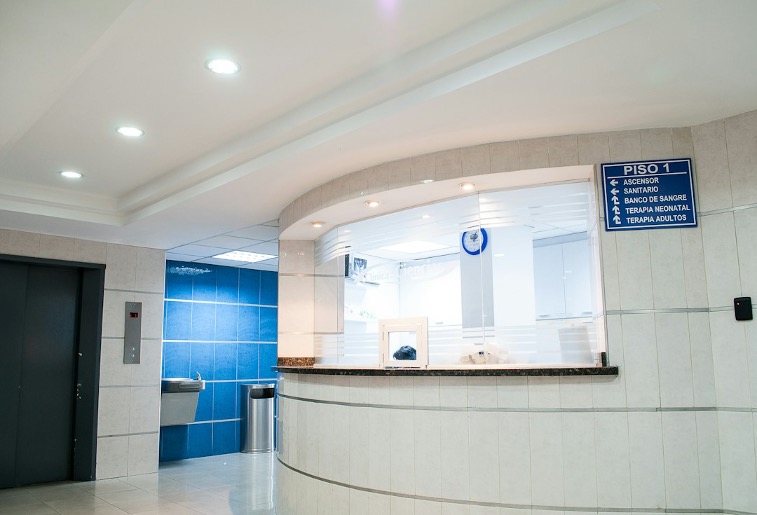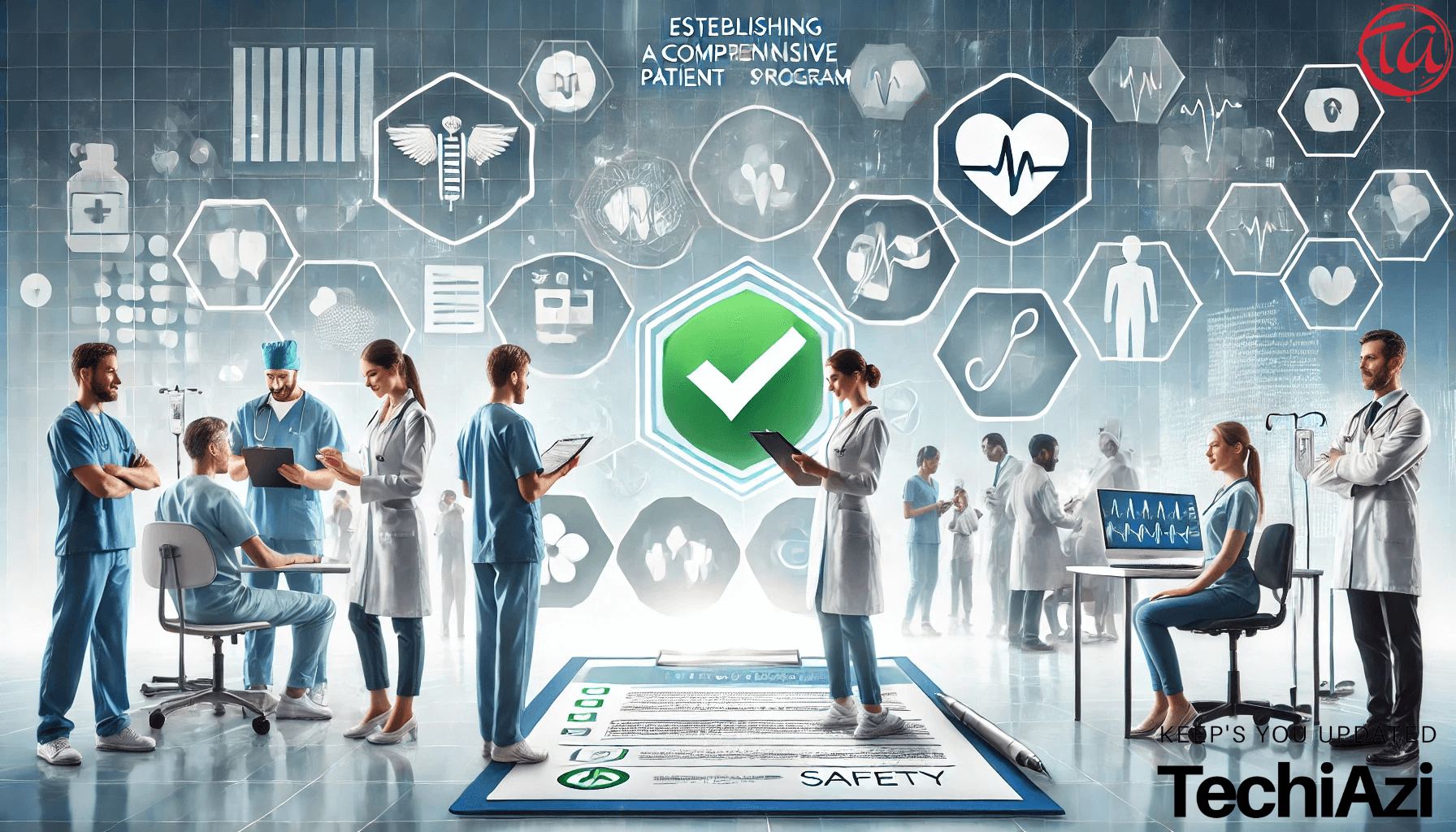Running a healthcare facility is a monumental task that requires stringent safety protocols, meticulous attention to patient care, and a dedicated team of professionals. Ensuring patient safety is at the forefront of healthcare management, where the goal is to provide both effective treatments and a safe environment for patients and staff. Through establishing best practices and cultivating a culture of continuous improvement, healthcare facilities can significantly reduce risks and improve outcomes. Keep reading to discover practical strategies for running a secure and successful healthcare institution.
A patient safety program is the cornerstone of any facility’s operations. It involves systemic processes designed to prevent errors and mitigate harm to patients. The first step to crafting such a program is to perform a thorough risk assessment, identifying potential hazards and the measures needed to prevent them.
Another critical component is the development of clear communication channels among staff. Effective communication can significantly reduce the chances of medical errors, leading to better patient outcomes. Regular patient safety meetings and feedback loops are essential for keeping all staff members informed and engaged in the safety culture.
Additionally, fostering a non-punitive environment where staff can report near-misses and incidents without fear of reprisal encourages transparency and learning from mistakes. This approach not only improves patient safety but also builds trust within the team.
Crucially, debunking the myth of the 5 rights of medication can be a part of this comprehensive safety program. It reminds healthcare professionals that minimizing medication errors goes beyond the traditional checklist, emphasizing the need for a more nuanced and vigilant approach to patient care.
Ensuring a Clean and Hygienic Environment in Healthcare Settings
Hygiene and sanitation are non-negotiable in the healthcare space. Controlling infections starts with rigorous cleaning protocols, regular handwashing, and the use of personal protective equipment (PPE). Healthcare facilities must also invest in high-grade cleaning supplies and sterilization equipment to maintain a sterile environment.
Infrastructure also plays a significant role in hygiene. For instance, proper ventilation systems are vital in preventing the spread of airborne diseases. Just as one might seek furnace and heating repair Wilmington NC for a residential home, healthcare facilities must also ensure their HVAC systems are in top condition to maintain clean air and comfortable environments for patients and staff.
In addition, patient rooms, operating theaters, and common areas must be designed to prevent cross-contamination. Surfaces should be non-porous and easy to clean, and layout considerations should facilitate unobstructed movement for cleaning staff.
Training staff on proper hygiene practices is equally important. Regular in-service training and reminders about the importance of infection control can make a significant difference in adhering to high hygienic standards.
Embracing Technological Advancements for Better Patient Care
Technology plays a pivotal role in modern healthcare. Advancements such as electronic health records (EHRs) have revolutionized the way patient information is stored and shared, allowing for more coordinated care and reducing the likelihood of errors. Investing in such technologies is not just a luxury but a necessity for contemporary healthcare practices.
These facilities are also turning to telemedicine to expand access to care, especially in rural and underserved communities. This not only saves patients the trouble of extensive travel but also ensures they can receive consultations and follow-ups promptly.
Furthermore, emerging technologies, including AI and machine learning, can analyze large sets of health data to predict patient risks and outcomes better. These tools assist healthcare providers in making more informed decisions and delivering personalized patient care.
Implementing Rigorous Staff Training and Continuing Education

Healthcare is a dynamic field, with continuous advancements in treatments, equipment, and best practices. To keep pace, staff must engage in ongoing education and employee training. This ensures that healthcare professionals remain knowledgeable about the latest industry developments and are proficient in their applications.
Simulation-based training is an especially effective method, allowing staff to practice and hone their skills in a risk-free environment. Such simulations can range from basic procedures to complex scenarios, preparing staff for a variety of clinical situations.
Mentorship programs are another valuable tool, pairing less experienced healthcare workers with seasoned veterans for hands-on learning and guidance. This not only helps novices to learn quickly but also reinforces the mentor’s knowledge and skills.
Altogether, the success and safety of a healthcare facility are rooted in its dedication to patient care, ongoing staff development, and adherence to stringent industry standards. Overall, it requires a proactive approach where every aspect of the operation is geared towards maintaining a secure, hygienic, and patient-centered environment.

